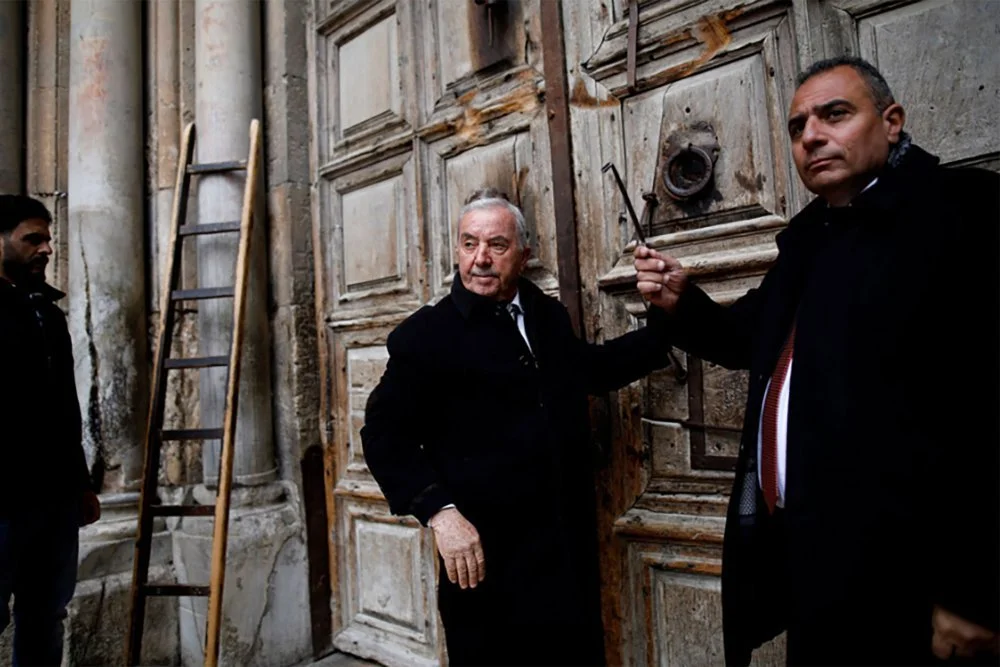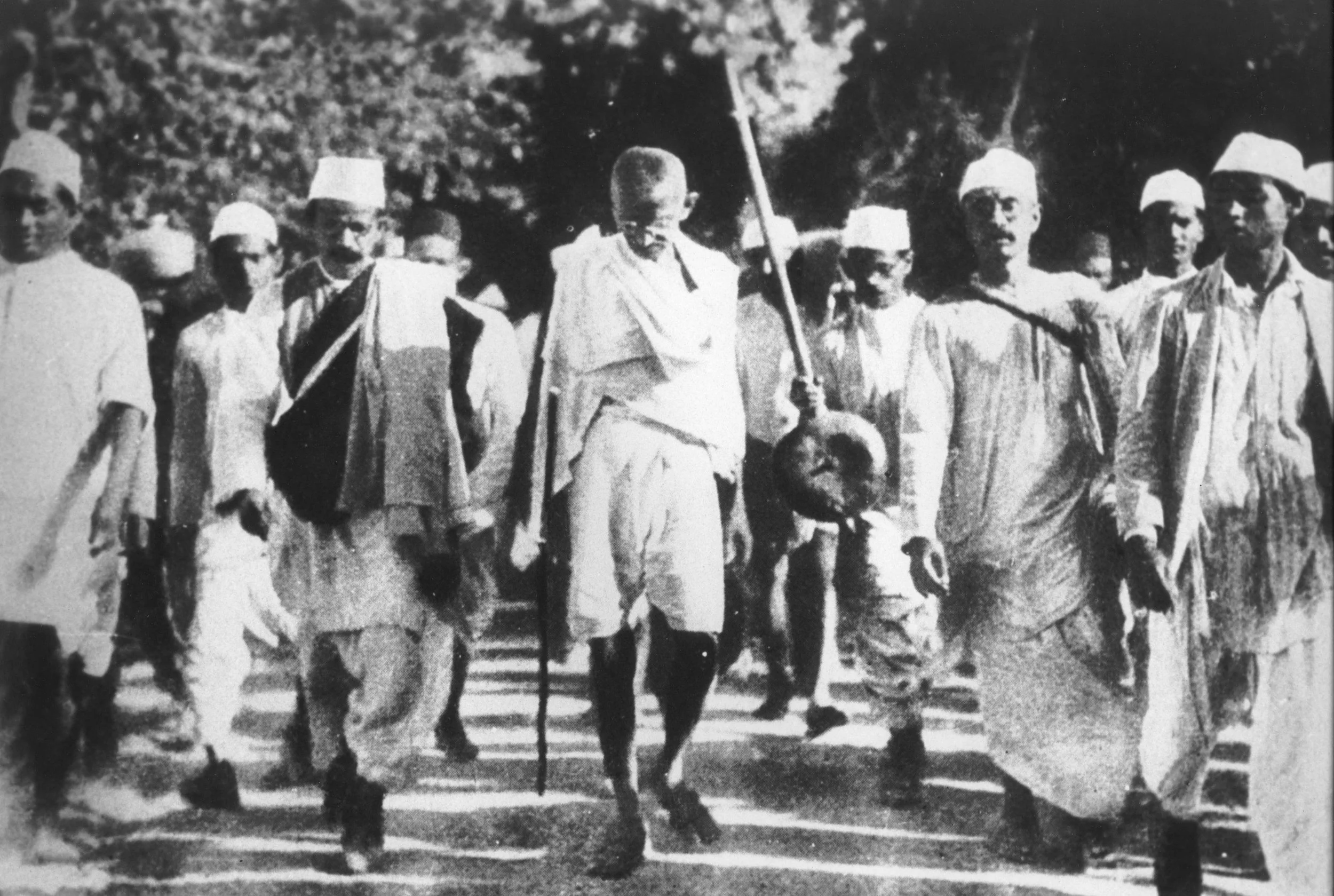Six Photos of Religion Changing the World: Celebrating International Photography Day
To celebrate this World Photography Day, we are excited to highlight these six photos that show religion as a force for good in the world.
Nelson Mandela, the day after he was elected president of South Africa, attending a shabbat service in Cape Town. Mandela was the most important anti-apartheid activist and, without his own moral convictions formed in part through his Methodist background, the fight for equal rights for Black South Africans likely would have been short their most important figure.
“It is not our diversity which divides us; it is not our ethnicity, or religion or culture that divides us. Since we have achieved our freedom, there can only be one division amongst us: between those who cherish democracy and those who do not.” — Nelson Mandela
For more than 800 years, a Muslim family in Jerusalem have served as the custodians of one of Christianity’s holiest sites, Church of the Holy Sepulchre. During the crusades, Saladin entrusted the church to the Nusaybah family, of Sunni Muslim background, with the keys of the church in the hopes of protecting it from his fellow Muslim soldiers in the future. Today six different churches use the building, which puts the family in an important position of keeping the peace. They can also trace their family roots back to Ubadah ibn al-Samit, one of Prophet Muhammad’s early followers, and they have deep roots with the al-Aqsa Mosque in the city.
“For our family, this is an honour. And it’s not an honour just for our family, but it’s an honour for all Muslims in the world.” — Adeeb Jawad Joudeh Al Husseini
Dorothy Day was an important 20th century Catholic social activist and writer. She helped to found the Catholic Worker Movement, which still advocates for social justice on behalf of the poor. Having passed away in 1980, Dorothy is currently considered a Servant of God by the Catholic Church as she awaits possible canonization as a saint.
“We have all known the long loneliness and we have learned that the only solution is love and that love comes with community.” — Dorothy Day
Mahatma Gandhi leading his followers on what is now known as the Salt March. The nearly month-long march was an act of non-violent protest and civil disobedience to resist oppressive British taxes and their monopoly on the salt trade.
“The chief value of Hinduism lies in holding the actual belief that all life (not only human beings, but all sentient beings) is one, i.e., all life coming from the One universal source, call it Allah, God or Parameshwara.” — Mahatma Gandhi
The Burmese-born Taiwanese Buddhist monk Hsin Tao (pictured with Cardinal Miguel Ángel Ayuso Guixot) has been a life-long champion for peace, charity, and interfaith dialogue. He founded the Ling Jiou Mountain Buddhist Society, the Museum of World Religions, and Global Family for Love & Peace. He also fights against the ecological crisis through the convictions of his faith. His University for Life & Peace teaches that “there is only one Earth, and we must keep it alive rather than let it perish.”
“All human beings, regardless of their creed, color, religion, and cultural background—are our brothers and sisters… and we must depend on each other to thrive in this world. Living in an interdependent world like this, we should do our best to eliminate all conflicts and misunderstandings.” — Dharma Master Hsin Tao
Rabbi Abraham Joshua Heschel (second from right) alongside Martin Luther King, Jr., John Lewis, and other Civil Rights leaders at the Selma Civil Rights March in 1965. The Polish-American Rabbi Heschel was a renowned scholar and teacher that inspired many within Judaism and beyond. His book The Prophets from three years earlier translated the ancient wisdom of the Hebrew prophets regarding justice and mercy into the present, greatly inspiring King and other Civil Rights leaders.
“For many of us the march from Selma to Montgomery was about protest and prayer. Legs are not lips and walking is not kneeling. And yet our legs uttered songs. Even without words, our march was worship. I felt my legs were praying.” — Rabbi Abraham Joshua Heschel
Read more about Heschel in Rabbi Or Rose’s forthcoming biography, My Legs Were Praying: A Biography of Abraham Joshua Hesche from Monkfish Book Publishing Company.






